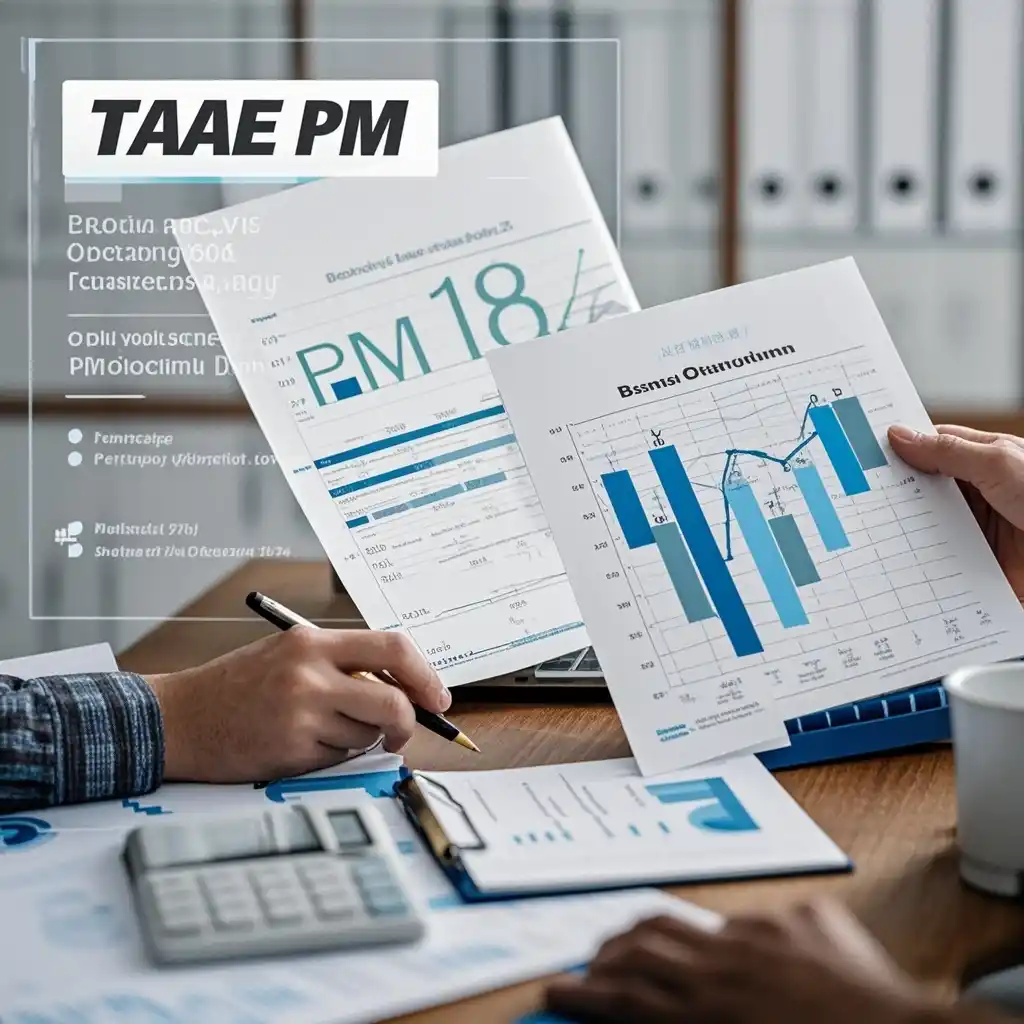

In the complex and ever - changing world of cross - border e - commerce, tariff policies play a crucial role. For cross - border e - commerce policy teams, staying ahead of tariff policy changes is not just an advantage but a necessity. This blog post will explore how economic indicators can be used to predict tariff policy changes, providing valuable insights for these teams.
1. Background
Tariffs are a significant factor affecting cross - border e - commerce. They can directly impact the cost of goods, pricing strategies, and ultimately, the competitiveness of products in international markets. In recent years, with the growth of global trade and the increasing importance of e - commerce, tariff policies have become more volatile. Governments around the world often adjust tariffs based on various economic and political considerations. For example, in the United States, the Purchasing Managers' Index (PMI) is an important economic indicator. When the PMI reaches a high level such as 69.4, it indicates a strong manufacturing sector. This could potentially lead to changes in tariff policies. A high - performing manufacturing sector might prompt the government to consider protecting domestic industries through tariffs on imported goods, or alternatively, it could lead to a more open - trade stance if the sector is looking for more raw materials or components from abroad.
2. Economic Indicator Analysis
GDP Growth Rate The GDP growth rate is a fundamental economic indicator. A high GDP growth rate in a country may lead to different tariff policy responses. If a country experiences rapid GDP growth, its domestic industries may be more competitive, and the government may be more inclined to lower tariffs to promote further international trade and gain access to more global markets. For instance, emerging economies with high GDP growth like India in recent years have gradually reduced some tariffs on certain goods to attract foreign investment and technology. On the other hand, if a country's GDP growth is sluggish, the government may raise tariffs to protect domestic industries from foreign competition. For example, some European countries during economic downturns have increased tariffs on certain agricultural products to safeguard their domestic farmers.
Exchange Rates Exchange rates also play a vital role. A strong domestic currency can make imports cheaper. In this case, a government may be more likely to adjust tariffs upwards to protect domestic industries that face increased competition from cheaper imports. For example, when the Swiss franc was very strong, Switzerland had to consider its tariff policies to balance the interests of domestic industries against the flood of cheaper imports. Conversely, a weak domestic currency may lead to a reduction in tariffs as the country may want to encourage imports to meet domestic demand. For example, some African countries with relatively weak currencies sometimes lower tariffs on essential goods like food and medicine to ensure sufficient supply.
Unemployment Rate The unemployment rate is another key factor. High unemployment may prompt a government to increase tariffs on imported goods to protect domestic jobs. For example, in the United States, during periods of high unemployment in the manufacturing sector, there have been calls for higher tariffs on imported manufactured goods. A lower unemployment rate, on the other hand, may lead to a more liberal tariff policy as the economy is seen as more robust and able to withstand foreign competition.
3. Strategies for Cross - border E - commerce Policy Teams
Data Monitoring and Analysis Cross - border e - commerce policy teams should establish a comprehensive data monitoring system. This system should track not only domestic economic indicators but also those of major trading partners. For example, regularly collecting and analyzing data on the GDP growth rate, PMI, exchange rates, and unemployment rates of countries involved in cross - border e - commerce operations. By doing so, they can identify trends and potential changes in tariff policies early on.
Scenario Planning Based on the analysis of economic indicators, teams should develop different tariff policy scenarios. For example, if the GDP growth rate of a major trading partner drops significantly, what would be the possible tariff policy changes? How would these changes affect cross - border e - commerce operations? By preparing for different scenarios, policy teams can be more proactive in formulating strategies.
Stakeholder Engagement Policy teams should engage with various stakeholders, including e - commerce businesses, industry associations, and consumer groups. For example, by conducting regular surveys or holding meetings to understand their concerns and expectations regarding tariff policy changes. E - commerce businesses can provide valuable insights based on their market experiences, while consumer groups can represent the interests of end - users. This multi - stakeholder approach can help policy teams make more informed decisions.
4. Summary
In conclusion, for cross - border e - commerce policy teams, understanding and predicting tariff policy changes through economic indicators is a complex but essential task. By carefully analyzing economic indicators such as GDP growth rate, exchange rates, and unemployment rate, and implementing strategies like data monitoring, scenario planning, and stakeholder engagement, these teams can better navigate the volatile world of tariff policies. This will not only help cross - border e - commerce businesses to operate more smoothly but also contribute to the overall development of international trade in the e - commerce sector. As economic conditions continue to evolve, staying vigilant and adaptive to these changes will be the key to success for cross - border e - commerce policy teams.